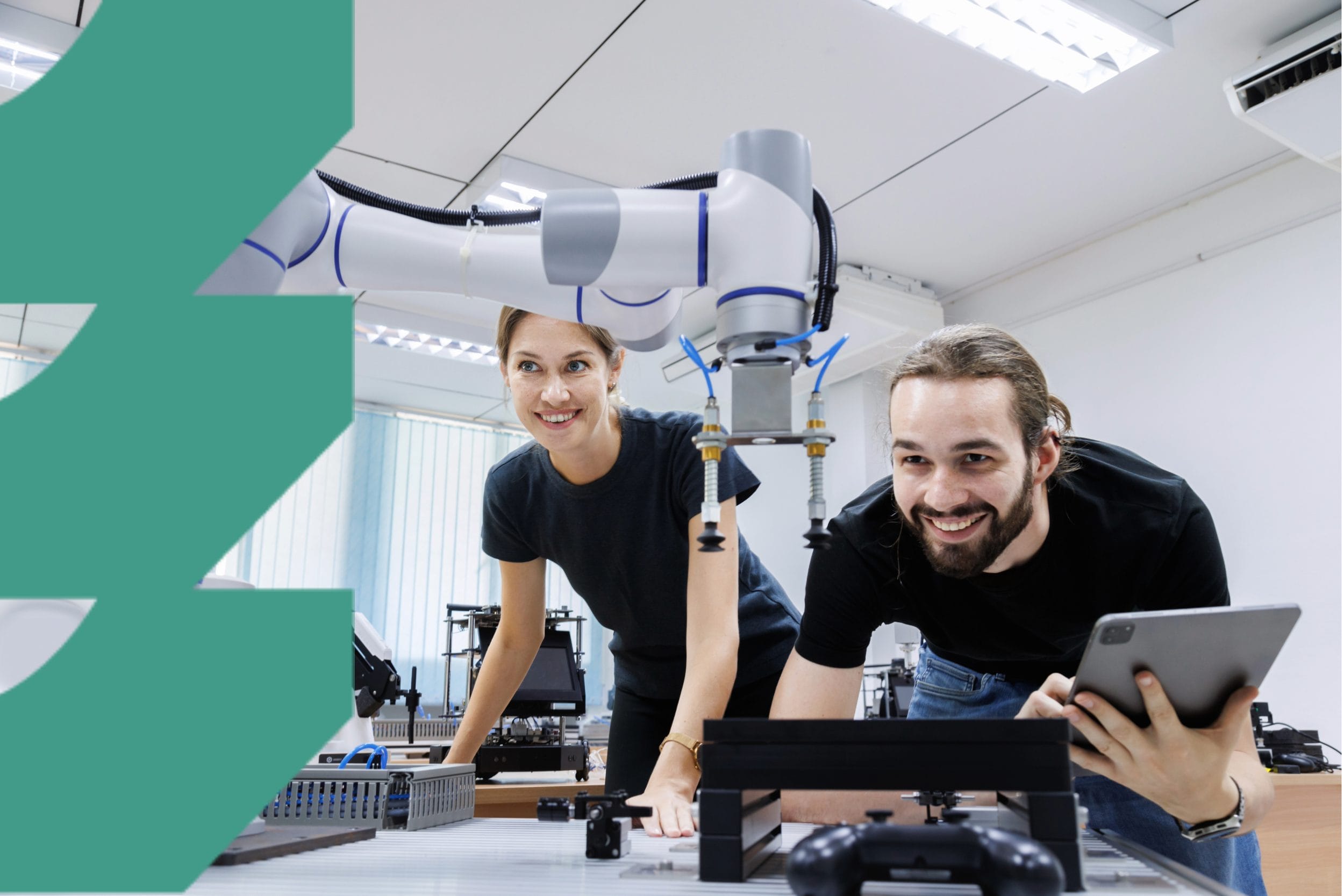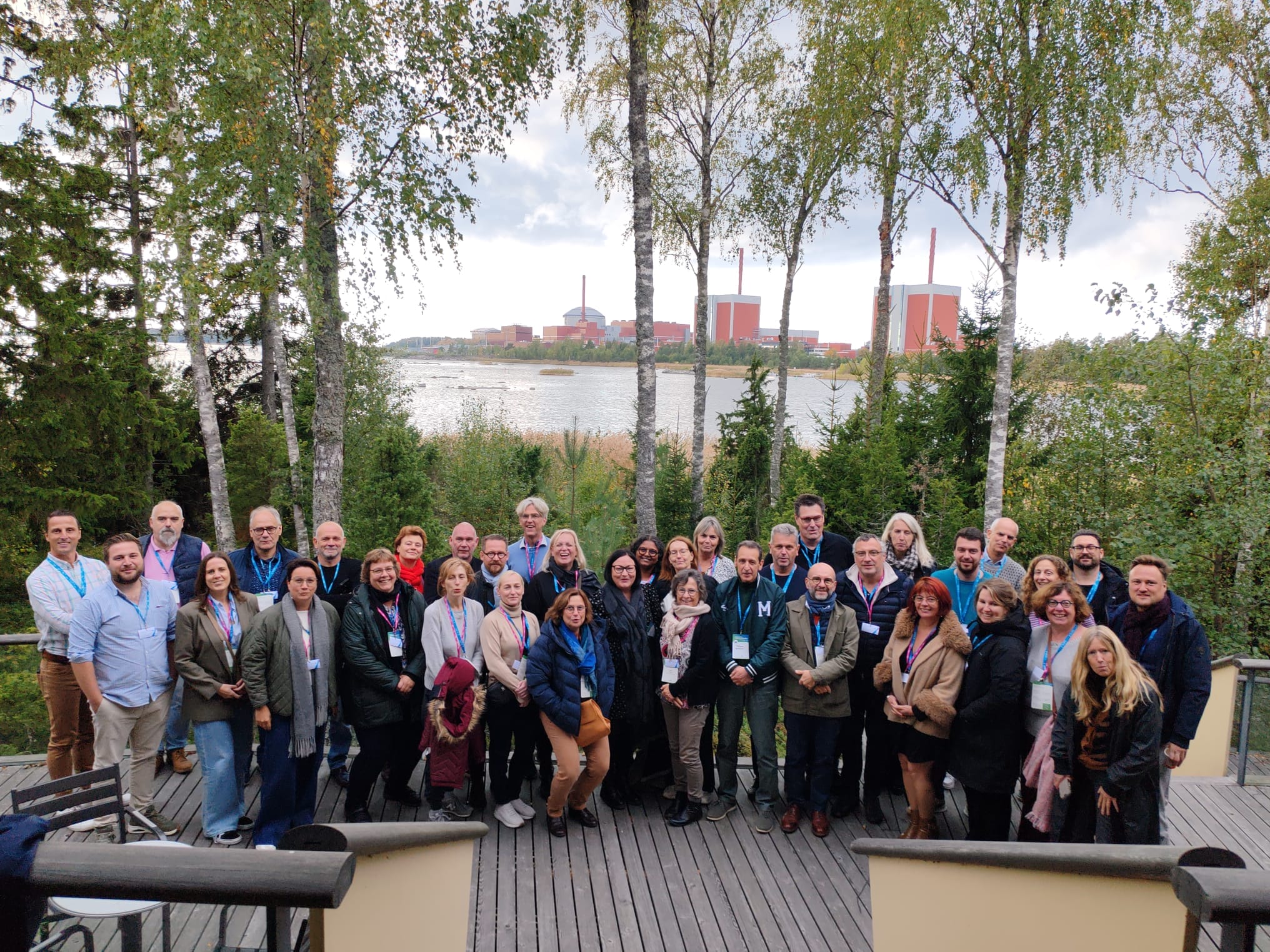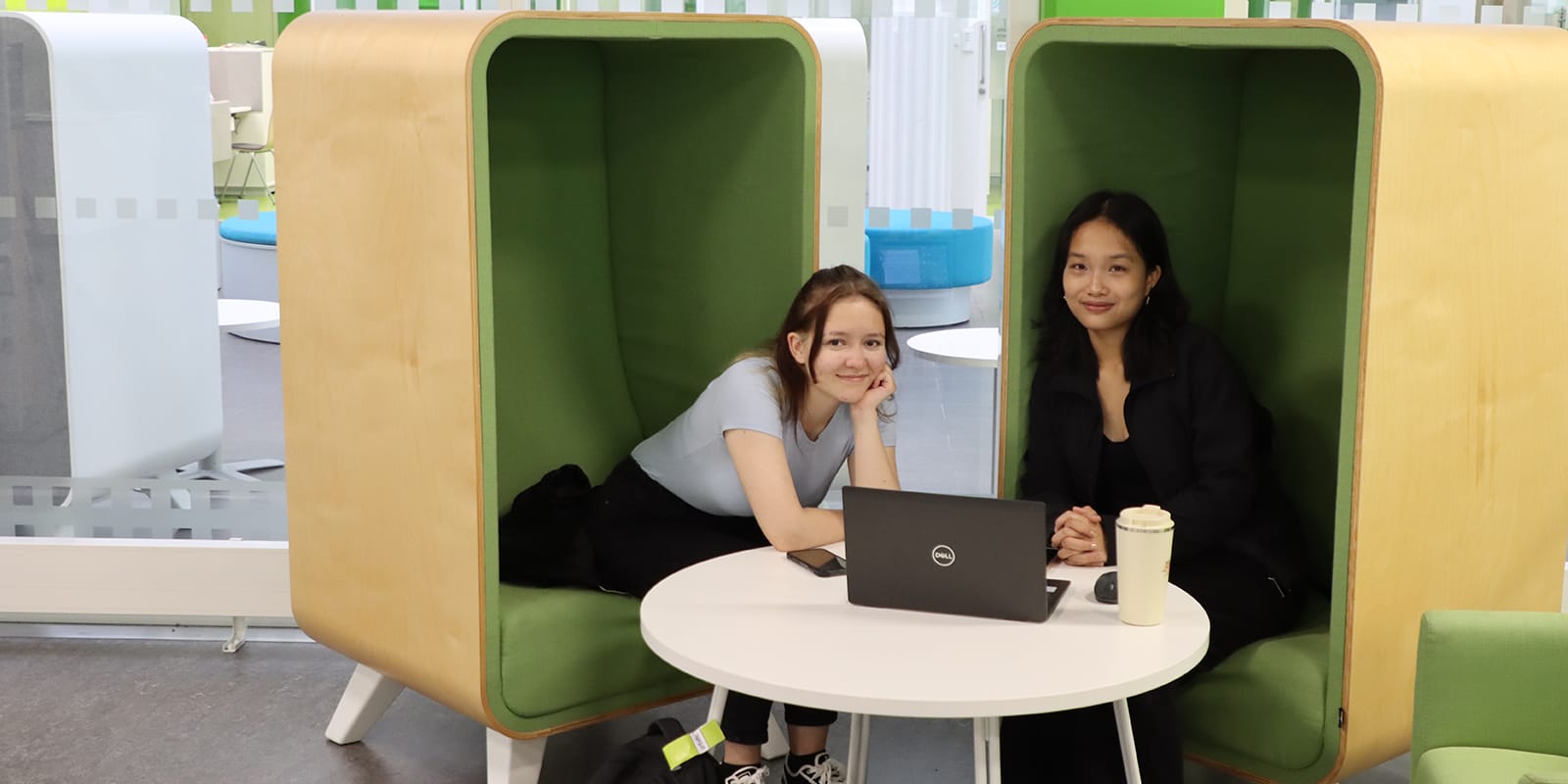Teachers are craving for information on technology – HyteOpe Health and Welfare Technology Education ensures up-to-date teaching
Technology can increasingly be seen in the curricula of basic and vocational education. Satakunta University of Applied Sciences (SAMK) offers teachers further training to support their professional skills as a part of STEM activities in RoboAI. HyteOpe education is financed by the National Board of Education and it started in autumn 2019.
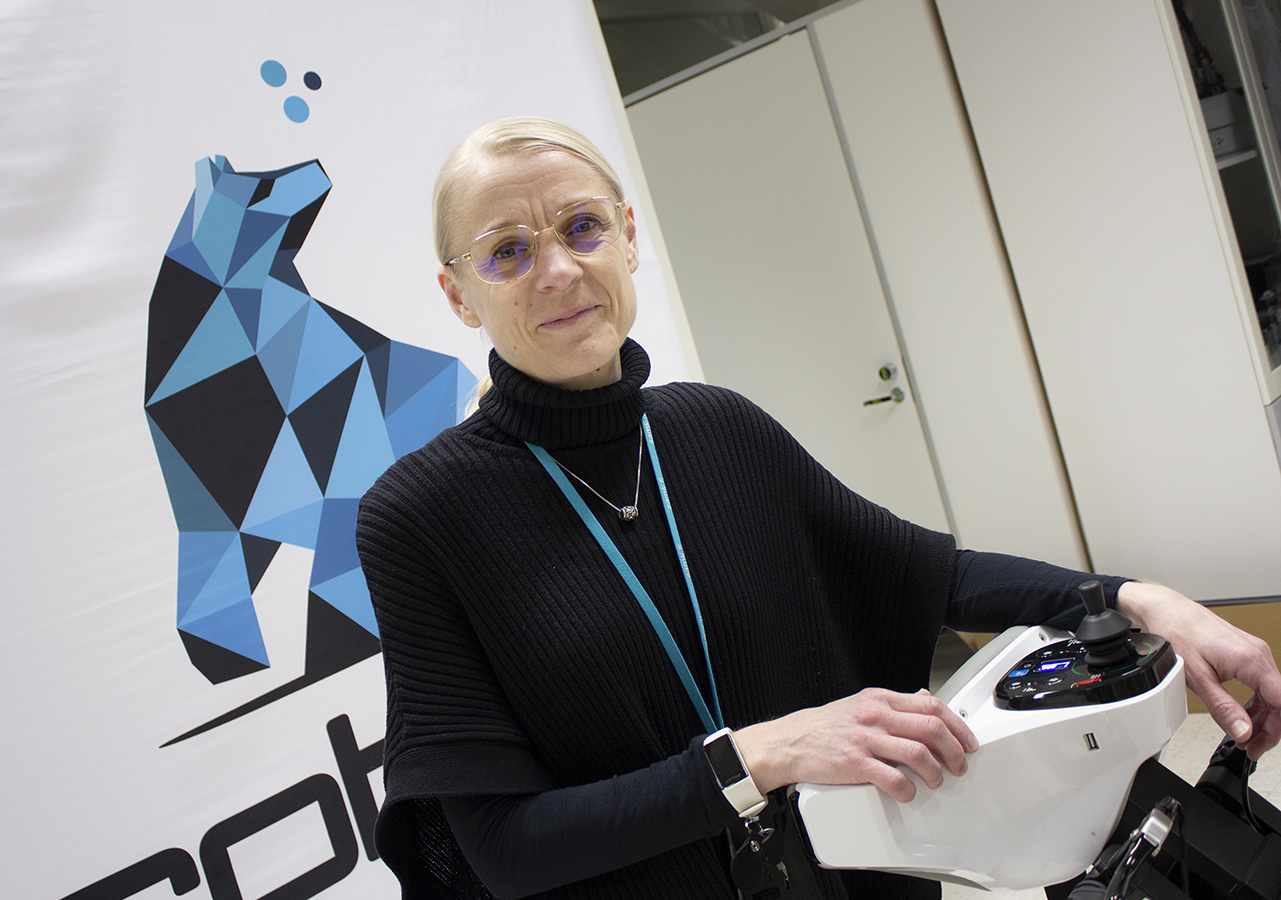
– Welfare technology evolves extremely fast and the need for further education in the field is real. Creating networks around the topic is of primary importance and that´s why we have set up a Facebook group called Hyteairo in vocational education to make the collaboration closer, says project manager Krista Toivonen.
– All the participants had a clear interest and enthusiasm for technology. Some are just starting the teaching of welfare technology, some already have more experience e.g. in the elective welfare technology implementation belonging to the studies of practical nurse. Extensive requirements in curricula and a huge need for further training in welfare technology were common factors for the over fifty participants from all over Finland, project manager Krista Toivonen tells us.
HyteOpe education was funded by the National Board of Education, and implemented by Sataedu, Tredu and Suomen Diakoniaopisto vocational institutes besides Satakunta University of Applied Sciences. The aim of HyteOpe is to produce a training pilot for the vocational teachers in the fields of social services and healthcare as well as technology to create opportunities for teaching new parts of the qualification and to utilize co-teaching. In addition, developing cooperation between institutes and different levels of education is considered important.
Towards new with a practical approach
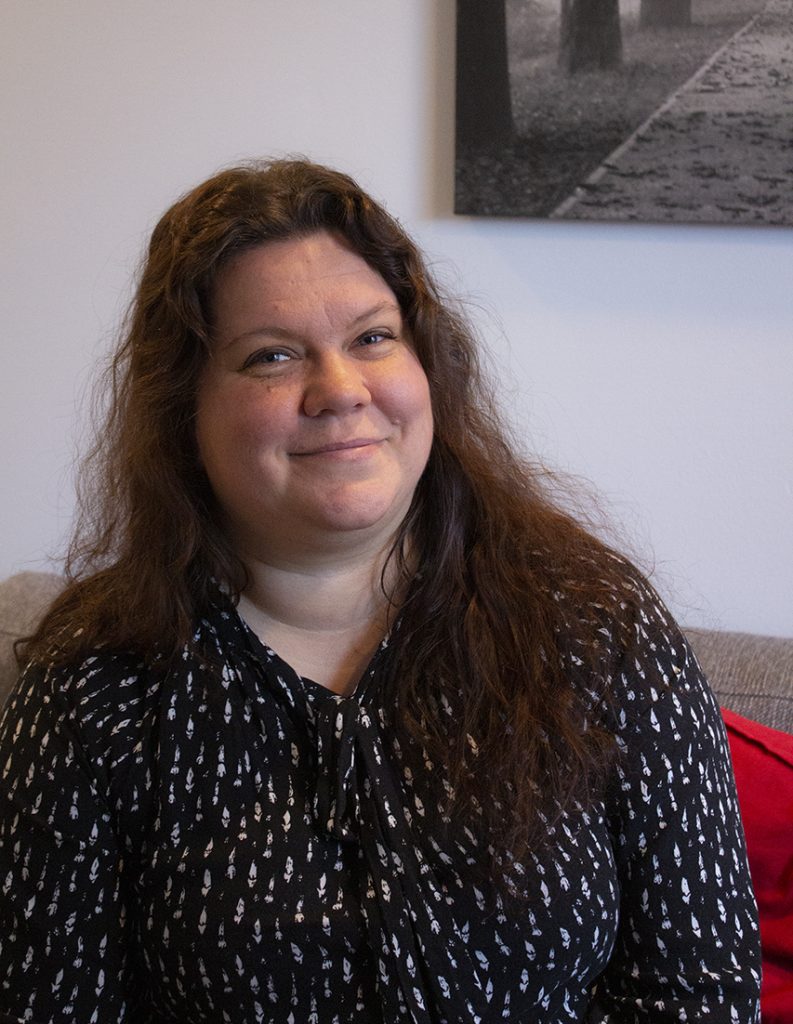
The further education entity in welfare technology was implemented last autumn. It was the first of its kind, no corresponding implementation has been carried out anywhere else in Finland. The participants had not been given any education in the topic during their years of study.
– Welfare technology is one of the requirement criteria for the professional skills of a practical nurse. Now I can teach the students in a much more comprehensive way than before what is included in it. Sataedu´s Mewet home offers a practical learning environment for the topic of welfare technology, tells Sanna Vähä-Peltomäki from Sataedu. She is one of the teachers who participated in the course. She teaches practical nursing students nursing, caring and manual skills. The initial information she had on health and welfare technology was slight before the training.
– I was mainly familiar with alert bracelets, GPS positioning devices utilized with patients with memory diseases and the alarm systems of the call bells. During the education I got plenty of new information about how advanced technology could be utilized in nursing and care, she continues.
Putting theory into practice
The education includes the welfare technology education implemented by SAMK and Sataedu, security service technology by Tredu and project studies by Suomen Diakoniaopisto. The share of welfare technology includes e.g. getting to know robotics, gamification and serious games, medical technology, and during the laboratory day the participants will become familiar with humanoid robot Pepper, lego robots and Exoskeleton walking robot.
– The next step in education is to tailor the parts of the qualification in project studies to meet the needs of the teachers as beneficially as possible, and to put the things learned into practice in one´s own teaching, paying attention to the target group, Toivonen tells us.
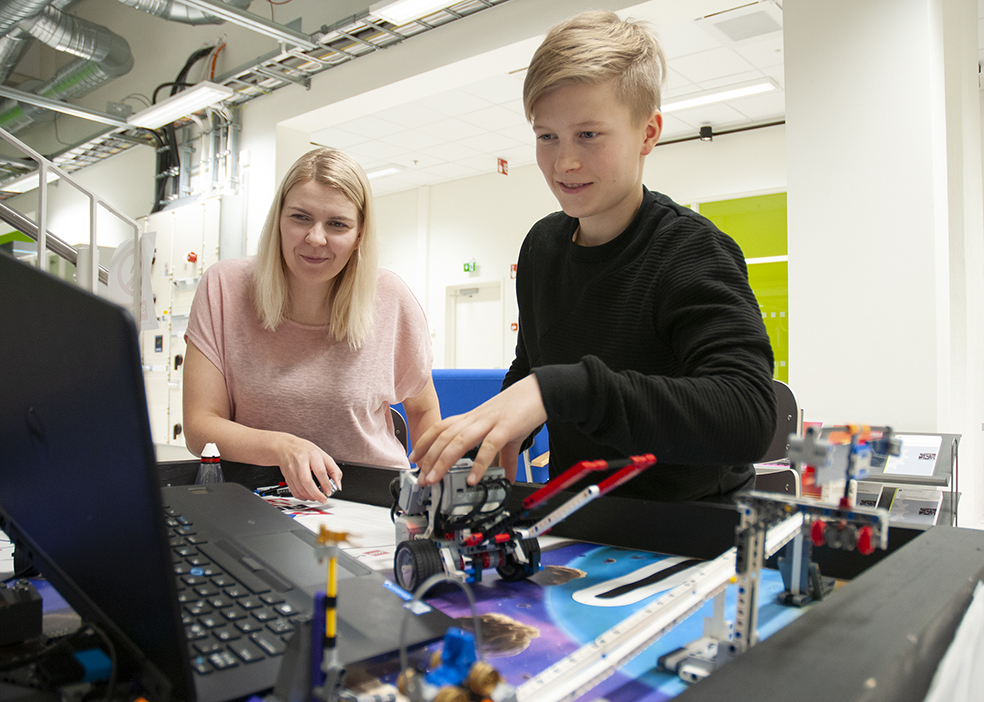
STEM activities promote favourable attitude to technology
Adding technology to curricula since primary scoool affects throughout the educational field. In future, the goal is to offer teachers comprehensively further education related to the activities of RoboAI, with a special need recognized in the field of social services and healthcare.
– Getting to know technology increases positivity towards it, it also facilitates receiving information and decreases fears, reminds project researcher Janika Tommiska, who is in charge of STEM activities.
Moreover, the need for programming education for teachers in basic education is considered important. At the moment there is only limited availability of further training for teachers, and it is dependent on where you live. How the new curriculum is realized depends in practice on the teacher´s personal interest in the topic. If the teacher has a curious and enthusiastic attitude, it is often caught by the children and thus creates a positive attitude to technology.
– It is a challenging situation because some teachers are learning things at the same pace as their pupils. I´d call for networking and a down-to-earth approach; I wouldn´t start coding straight away but I´d tell them where the skill is needed and tickle their curiosity this way. Schools could cooperate more and teachers would benefit from peer support, Tommiska reminds us.
– The goal of STEM activities (science, technology, engineering and mathematics) is to give an opportunity for all the children, adolescents and teachers in Satakunta region to get interested and strengthen their knowledge on science and technology. We want to support the girls to apply to the field of technology – there are still many girls who do not dare to get interested or do not see their chances in the field of technology, which is really unfortunate, Tommiska says.
Hyteope training 
- A project funded by the National Board of Education 13 April 2019 – 31 December 2020.
- Project partners SAMK, Sataedu, Tredu and Suomen Diakoniaopisto
For more information, please contact:
project manager Krista Toivonen, tel. 040 199 4195
